Welcome to a surprising twist in the tale of coffee culture – the introduction of buttermilk in coffee. This creamy, tangy ingredient, more commonly found in pancakes or dressings, is making a quiet splash in the world of coffee aficionados. While the idea of adding buttermilk to coffee might raise eyebrows at first, those in search of novel flavors and textures are finding delight in this unorthodox combination. This article invites you on a flavorful journey that explores the cultural significance, health implications, and innovative recipes that are stirring up the scene, proving that sometimes, the most unconventional pairings create the most remarkable tastes.
If reading isn’t your thing right now, give the article a listen by clicking below.
- Introduction & Key Takeaway
- https://app.mysoundwise.com/tracks/16994911753266409e.mp3
- The Basics of Buttermilk Coffee
- https://app.mysoundwise.com/tracks/16994912165717346e.mp3
- Brewing the Perfect Cup
- https://app.mysoundwise.com/tracks/16994912613680996e.mp3
- Nutritional Insights
- https://app.mysoundwise.com/tracks/16994913160504407e.mp3
- Recipes and Flavor Combinations
- https://app.mysoundwise.com/tracks/16994913560192087e.mp3
- Cultural and Historical Perspective
- https://app.mysoundwise.com/tracks/16994913893499072e.mp3
- Conclusion & FAQs
- https://app.mysoundwise.com/tracks/16994914305612961e.mp3
Buttermilk Coffee: Key Takeaway
- Buttermilk’s Global Footprint: This interesting concoction, while not widespread, is a practice that exists and resonates within various cultures around the world, highlighting the diverse ways that different regions enjoy their coffee.
- Health and Dietary Shifts: The evolution of dairy alternatives in coffee culture, including buttermilk, is a reflection of changing health trends, environmental awareness, and the influence of global palates, offering a more inclusive coffee experience for those with dietary restrictions or environmental concerns.
- Innovation in Tradition: This drink represents a unique blend of tradition and innovation, where ancient culinary customs inspire modern gastronomic trends, showing that the coffee industry is both forward-thinking and respectful of its roots.
- Flavor Profile Exploration: Buttermilk introduces a unique tangy flavor to coffee, challenging the traditional palate and offering an alternative to those seeking a new sensory experience in their coffee-drinking habits.
- Culinary Trend or Enduring Tradition: The inclusion of buttermilk in coffee poses an intriguing question about whether this is a fleeting trend or a rediscovered tradition, pointing to the dynamic nature of coffee culture that continuously evolves with time while holding onto its historical essence.
The Basics of Buttermilk Coffee
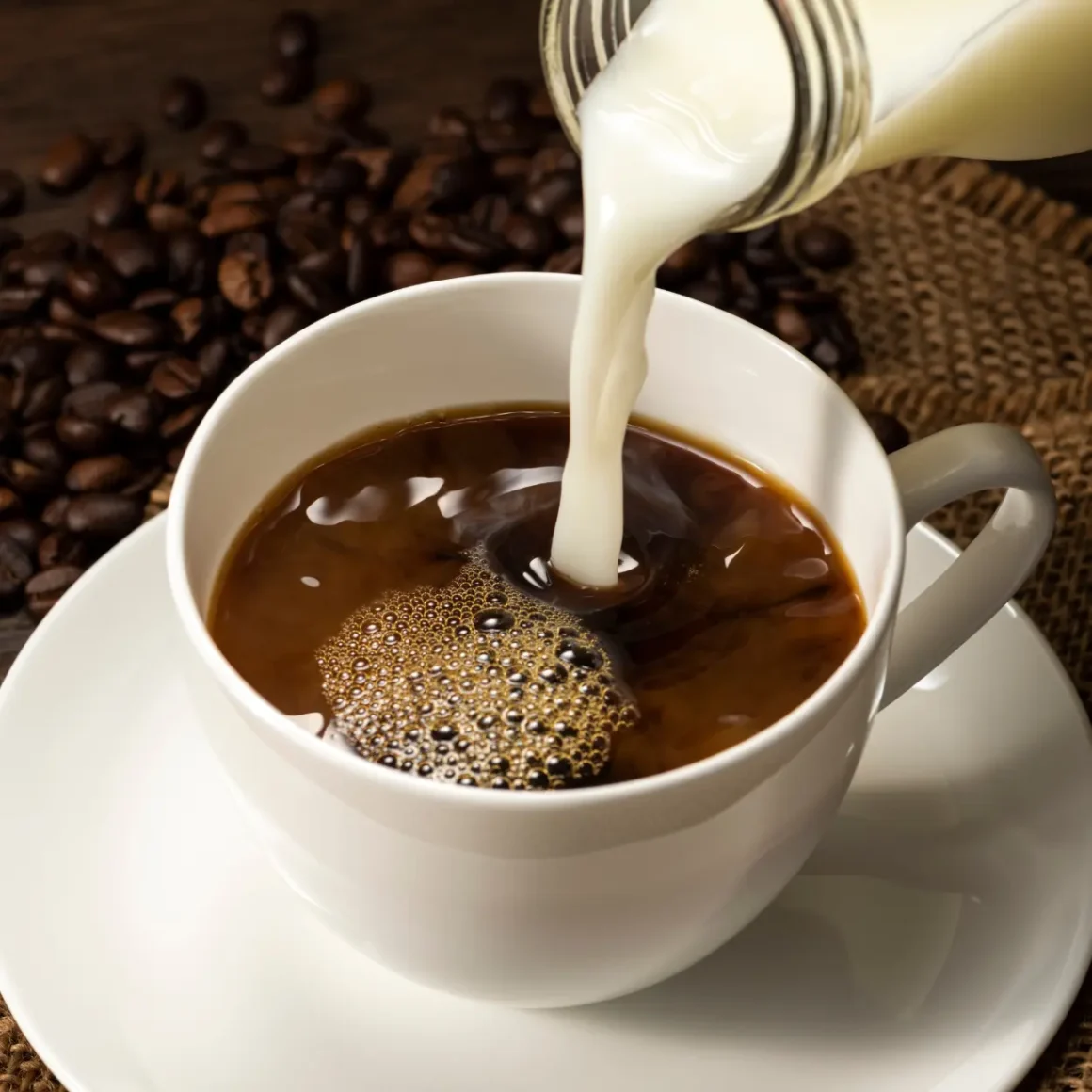
Buttermilk coffee is an intriguing concoction that combines the rich, bold flavors of coffee with the tangy and distinctive taste of buttermilk. This combination may sound unusual to many, as buttermilk is commonly associated with baking or as a marinade rather than as a coffee additive. However, the unique properties of buttermilk can add an interesting dimension to your regular cup of joe.
Understanding Buttermilk: Composition and Flavor
Buttermilk arises as a byproduct of the butter-making process, specifically from the fermentation of cream that has been used to churn butter. Today’s buttermilk is commonly produced by adding lactic acid bacteria to low-fat milk, resulting in a cultured product. (1) This process results in a tangy liquid with a creamy texture and a rich flavor profile that can add a new level of complexity to the beverages it’s mixed with.
- Composition: It contains lactic acid, which imparts the characteristic tartness, and is lower in fat than regular milk due to its origins.
- Flavor: The flavor of buttermilk is sour and distinct, often described as tangy, with a slight hint of buttery richness despite its lower fat content.
Why Add Buttermilk to Coffee?
Incorporating buttermilk in coffee is not a mainstream practice, but it is a trend that’s catching on among culinary enthusiasts looking to experiment with their palate. The reason behind this trend is multifaceted:
- Acidity Balance: The natural acidity of coffee can be complemented by the tangy notes of buttermilk, creating a well-balanced flavor profile.
- Creaminess: Buttermilk adds a creamy texture without the heaviness of cream, making for a lighter yet indulgent coffee experience.
- Health Benefits: For those looking to reduce their intake of fats while still enjoying a creamy cup of coffee, buttermilk serves as a viable alternative to full-fat creamers.
How to Properly Mix Buttermilk with Coffee
Integrating buttermilk into your brew requires more than just pouring it in. To ensure a pleasant taste and texture, it’s important to follow certain steps:
- Temperature Management: Heat buttermilk gently before adding it to coffee to prevent curdling. Buttermilk should be warm, not hot, to maintain its structure.
- Proportion: Start with a small amount, such as a tablespoon of buttermilk for every cup of coffee, and adjust according to taste preferences.
- Blend Thoroughly: Use a frother or a whisk to mix the buttermilk into the coffee thoroughly. This will help to avoid separation and ensure a smooth texture.
By experimenting with the addition of buttermilk, one can discover a new spectrum of flavors and textures that could elevate a typical coffee routine into a more gourmet experience. It’s all about balancing the rich bitterness of coffee with the mellow tartness of buttermilk for a cup that’s both unexpected and delightful. Whether you’re a coffee aficionado or a curious foodie, answering the question can you put buttermilk in coffee? with a resounding “yes” could lead to your next favorite coffee indulgence.
Brewing the Perfect Cup
When embarking on the adventure of creating the perfect cup of buttermilk coffee, the journey begins long before the buttermilk ever meets the coffee. It starts with the foundation of any good coffee concoction: the beans themselves. From there, it moves to the methods of brewing that can best harmonize the unique attributes of buttermilk with the coffee. Let’s explore the beans that make the best match and the brewing techniques that can bring out their best.
Best Coffee Beans for Buttermilk Coffee
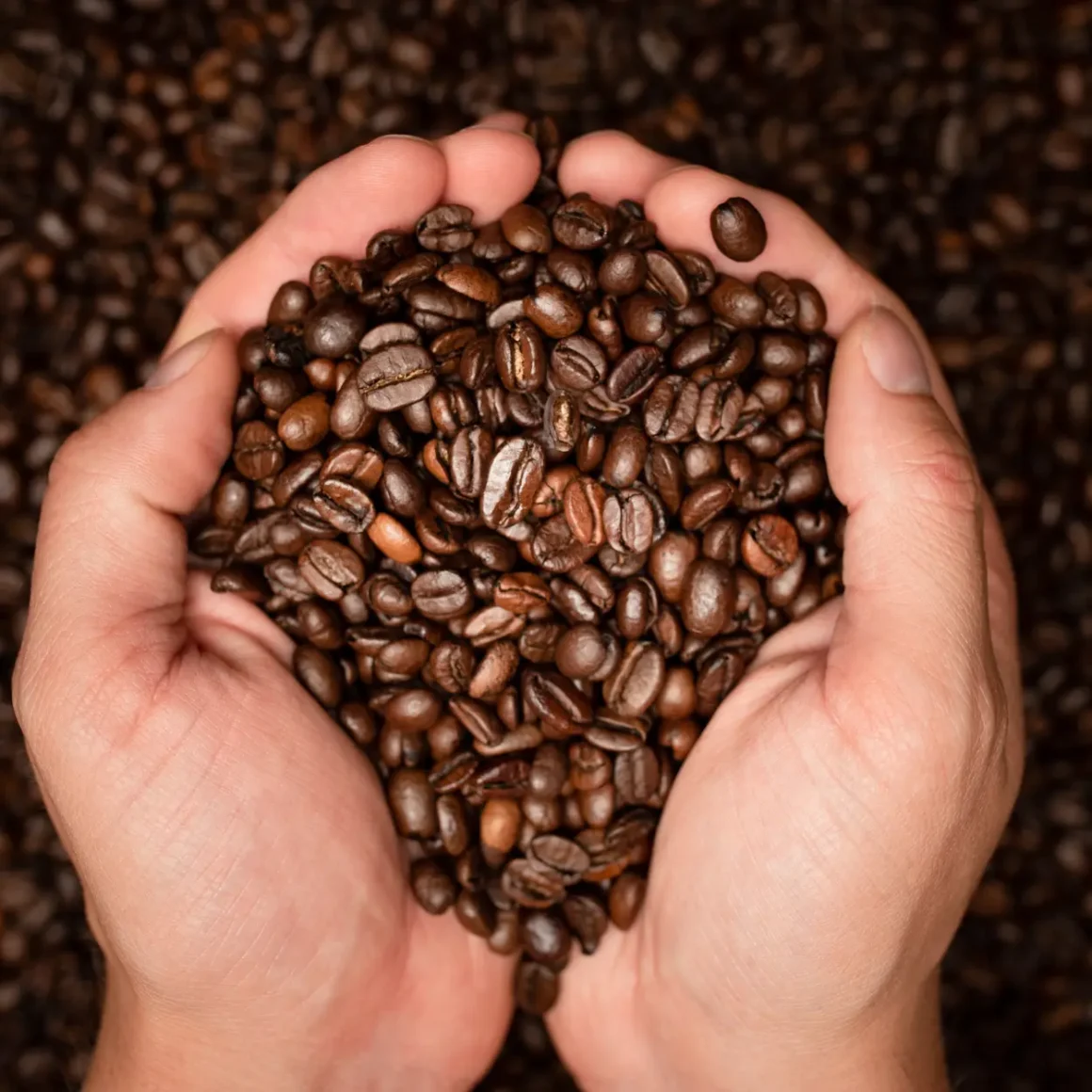
The selection of the best coffee beans plays a pivotal role in determining the quality and flavor of your coffee. Here are some pointers to consider:
- Flavor Profile: Choose beans with a natural sweetness and nutty undertones to complement the tangy profile of buttermilk. Beans from Brazil or Colombia often possess these characteristics.
- Roast Level: A medium to dark roast can provide the necessary robustness to stand up against the creamy sourness of buttermilk, ensuring a balanced cup.
- Freshness: Opt for freshly roasted beans. The fresher the roast, the more flavorful and aromatic the coffee, which can significantly enhance the buttermilk experience. (2)
- Single-Origin vs. Blend: Single-origin beans are ideal if you wish to understand how buttermilk interacts with specific regional characteristics. However, a well-crafted blend can provide a complex flavor that might pair exceptionally well with buttermilk.
Techniques for Brewing with Buttermilk

To determine whether buttermilk pairs well with your morning brew, it’s essential to have proficiency in brewing techniques that can complement both elements harmoniously.
- Pre-infusion: Begin by pre-infusing or “blooming” your coffee grounds. This process allows for the degassing of the coffee, leading to a fuller extraction of flavors.
- Water to Coffee Ratio: Maintain a proper ratio, usually about 1:15 of coffee to water, before adding buttermilk, to ensure the your drink isn’t too weak or overpowering.
- Temperature Control: When brewing the coffee that will be mixed with buttermilk, aim for a brewing temperature between 195°F to 205°F, as this is the optimal range for extraction without bitterness.
- Gentle Incorporation: After brewing the coffee, gently blend in the warmed buttermilk to prevent curdling and maintain a silky texture.
Cold Brew vs. Hot Coffee: Buttermilk Variations

Whether you prefer cold brew or hot coffee can greatly influence your buttermilk coffee experience.
Cold Brew with Buttermilk:
- Flavor: Cold brew’s smooth and mellow flavor profile pairs exceptionally well with buttermilk, creating a creamy and refreshing drink.
- Preparation: Steep your grounds for an extended period (12-24 hours), then mix with buttermilk to taste.
- Serving Suggestion: Serve over ice for a summer beverage that’s both invigorating and indulgent.
Hot Coffee with Buttermilk:
- Flavor: Hot coffee provides a more pronounced and bold flavor that can stand up to the tangy flavor of buttermilk, offering a cozy and rich experience.
- Preparation: Brew your coffee at the recommended temperature, then stir in the buttermilk while both liquids are warm.
- Serving Suggestion: Enjoy as a morning or afternoon pick-me-up, especially in cooler weather, when the warmth of the coffee and the creaminess of the buttermilk can be most appreciated.
Choosing between cold brew and hot coffee when adding buttermilk comes down to personal preference and the desired sensory experience. Both variations can provide a delightful twist on the traditional coffee, with buttermilk adding a unique depth and richness that challenges and satisfies the palate.
Nutritional Insights
When considering the nutritional aspects of enhancing your coffee with buttermilk, it is essential to delve into a detailed analysis. Understanding how buttermilk stacks up against regular milk in terms of health benefits, how it affects those with lactose intolerance, and what the caloric and macronutrient breakdown looks like, is crucial for anyone mindful of their dietary intake.
Buttermilk vs. Regular Milk: Health Comparisons
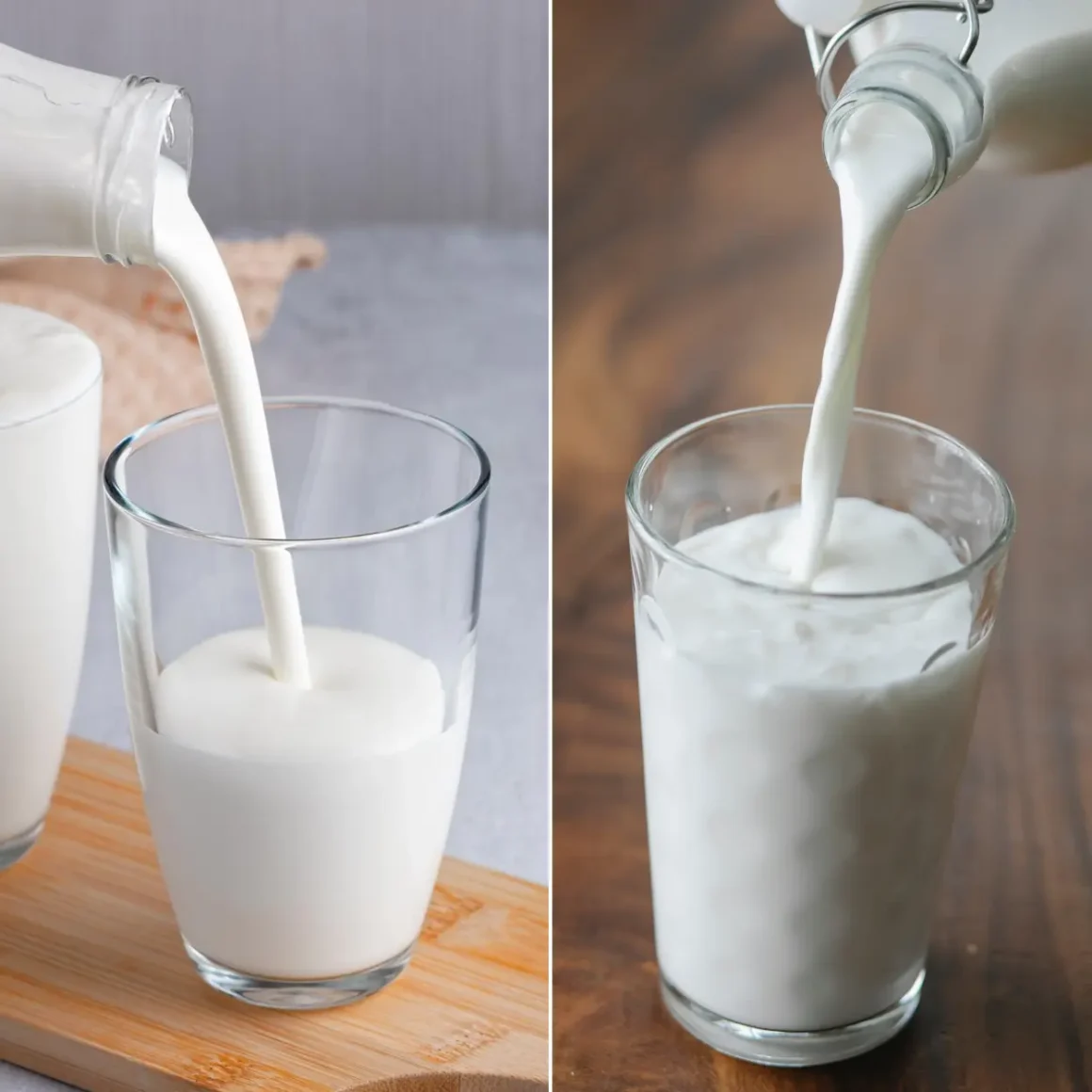
Buttermilk often comes out on top as a healthier alternative to regular milk, owing to several factors:
- Fat Content: Traditionally, buttermilk has less fat than regular milk because it’s made from the liquid left after butter is churned. This results in lower calorie content.
- Probiotics: The fermentation process that buttermilk undergoes enriches it with probiotics, beneficial for gut health, unlike regular milk which does not contain these helpful bacteria.
- Vitamins and Minerals: Both buttermilk and regular milk contain essential vitamins and minerals, such as calcium and vitamin D; however, the fermentation process in buttermilk can increase the levels of certain B vitamins. (3)
- Digestibility: Fermented products like buttermilk can be easier to digest due to the presence of lactic acid bacteria, which can break down nutrients more efficiently. (4)
Lactose Intolerance and Buttermilk in Coffee

For individuals with lactose intolerance, the question arises: can you use buttermilk in coffee? The answer is not straightforward, as it varies from person to person.
- Lactose Content: While buttermilk contains lactose, the fermentation process reduces the amount significantly, which may be tolerable for some people with lactose sensitivity.
- Personal Tolerance: Individuals with lactose intolerance need to determine their own level of tolerance, as some can handle the reduced lactose in buttermilk better than others.
- Alternatives: Those with severe lactose intolerance might opt for lactose-free milk or dairy alternatives like almond, soy, or oat milk in their coffee.
Caloric and Macro Breakdown of Buttermilk Coffee

Considering the nutritional makeup of this beverage is crucial for those monitoring their intake for health or dietary reasons.
- Calories: The calorie content of buttermilk can vary slightly depending on the brand and whether it’s low-fat or full-fat. On average, traditional low-fat buttermilk contains about 98 calories per cup (245 grams), however, full-fat versions will have more calories.
- Protein: Buttermilk is a good source of protein, contributing to the feeling of fullness and aiding in muscle repair and growth.
- Carbohydrates: The carbohydrates in buttermilk are primarily in the form of lactose, with the amount being marginally lower than that found in regular milk due to fermentation.
- Fats: As previously discussed, since buttermilk is lower in fat, adding it to coffee won’t significantly increase the fat content, especially when compared to cream-based additives.
By considering these nutritional insights, coffee enthusiasts can enjoy their favorite beverage with an added twist while staying informed about their health. Whether one is looking to manage their calorie intake, navigate lactose intolerance, or simply enjoy the rich and tangy flavor that buttermilk provides, these factors play a vital role in crafting a cup of coffee that’s both delicious and nutritionally aligned with one’s needs.
Recipes and Flavor Combinations
The world of coffee is endlessly versatile, offering a playground for culinary experimentation. When buttermilk enters the scene, it brings with it a tangy complexity that can elevate a simple coffee to an extraordinary brew. Whether you prefer your cup warm and comforting or chilled and refreshing, there are countless ways to incorporate buttermilk into your coffee routine. Here are some recipes and flavor combinations that promise to delight your taste buds.
Classic Buttermilk Coffee Recipe
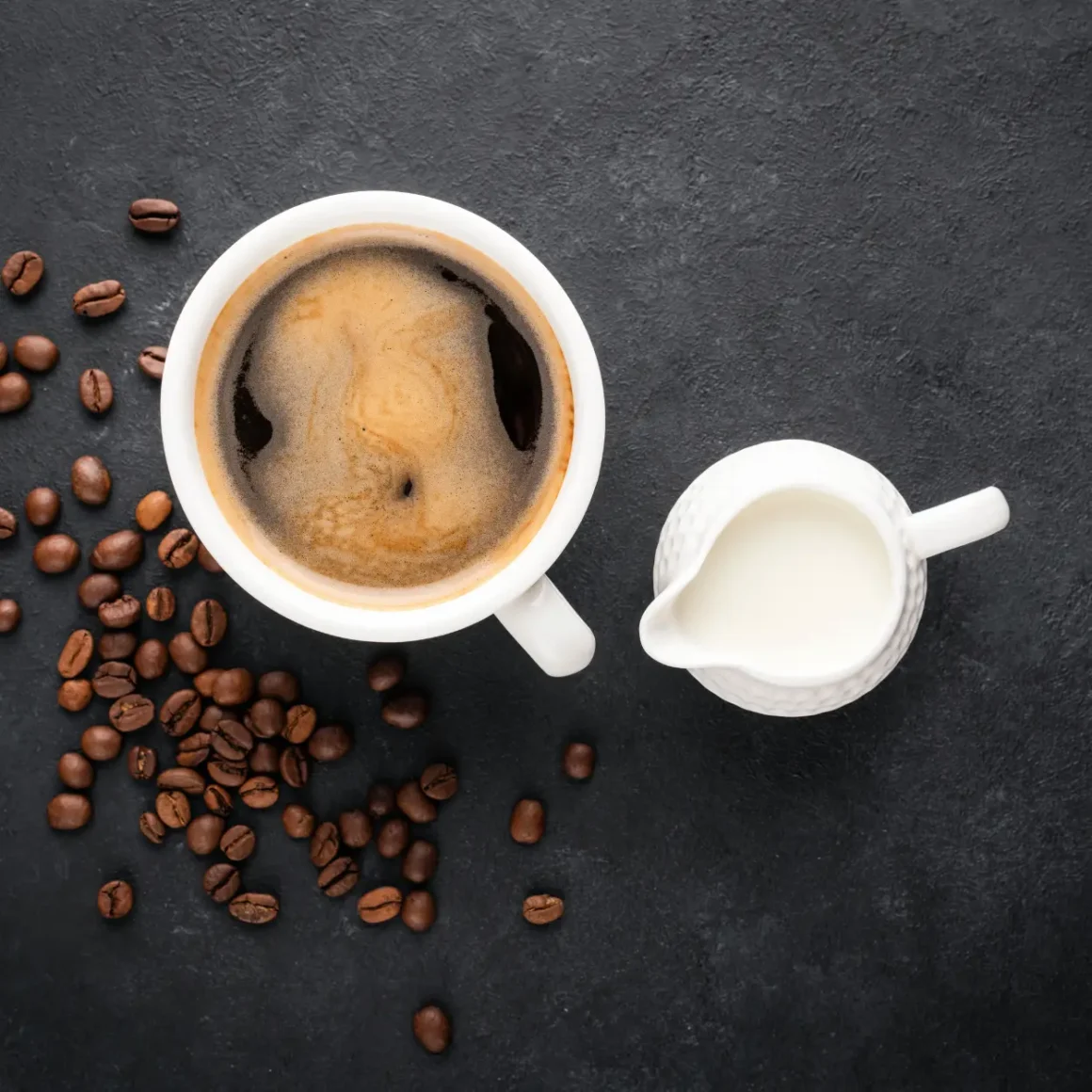
A classic buttermilk coffee is straightforward to make, yet it packs a flavorful punch that can transform your coffee experience. Here’s how to make it:
- Ingredients: You’ll need freshly brewed coffee using the best coffee beans you can find, warmed buttermilk, and optionally, sweeteners or spices to taste.
- Brewing: As previously mentioned, start with a quality medium-dark roast to ensure a robust flavor that complements the buttermilk.
- Preparation: Gently heat the buttermilk, being careful not to boil it. Pour the brewed coffee into your cup, and stir in the warm buttermilk to your desired creaminess.
- Flavoring: Enhance your coffee with a touch of maple syrup, honey, or a sprinkle of cinnamon or nutmeg for a cozy and aromatic beverage.
Iced Buttermilk Coffee Creations

For those warmer days or when you’re in the mood for something cool and creamy, iced buttermilk coffee creations are the way to go.
Buttermilk Coffee Frappe:
- Blend ice, cold brew, or chilled espresso, cold buttermilk, and your choice of sweetener until smooth and frothy.
- Pour into a tall glass and top with a light dusting of cocoa powder or a drizzle of caramel.
- Serve with a straw and enjoy immediately as a decadent treat.
Cold Brew Buttermilk Coffee:
- Mix cold buttermilk into the cold brew, aiming for a ratio that suits your taste.
- Add ice cubes, and sweeten with vanilla syrup or a dash of simple syrup if desired.
- Garnish with a sprig of mint or a twist of lemon zest for a refreshing twist.
Innovative Buttermilk Espresso Cocktails

For the adventurous coffee lover, innovative buttermilk espresso cocktails can provide an exciting and sophisticated edge to the coffee experience.
Buttermilk Espresso Martini:
- Shake together a shot of espresso, vodka, Kahlúa, and a splash of buttermilk over ice until well chilled.
- Strain into a martini glass and garnish with three coffee beans for the classic martini presentation.
- The buttermilk adds a unique tang that complements the bitterness of the espresso and the sweetness of the liqueur.
Buttermilk Irish Coffee:
- Brew a strong espresso and pour into a warmed glass.
- Stir in a teaspoon of brown sugar until dissolved.
- Mix in warmed buttermilk and a shot of Irish whiskey.
- Top with a dollop of whipped cream and a sprinkle of cinnamon for a comforting and indulgent cocktail.
Each of these recipes showcases the versatility of buttermilk as an ingredient in coffee drinks, from the simplest of preparations to the most elaborate concoctions. Whether served steaming hot or refreshingly cold, this beverage offers a delightful array of flavors for any coffee enthusiast looking to expand their palate.
Cultural and Historical Perspective
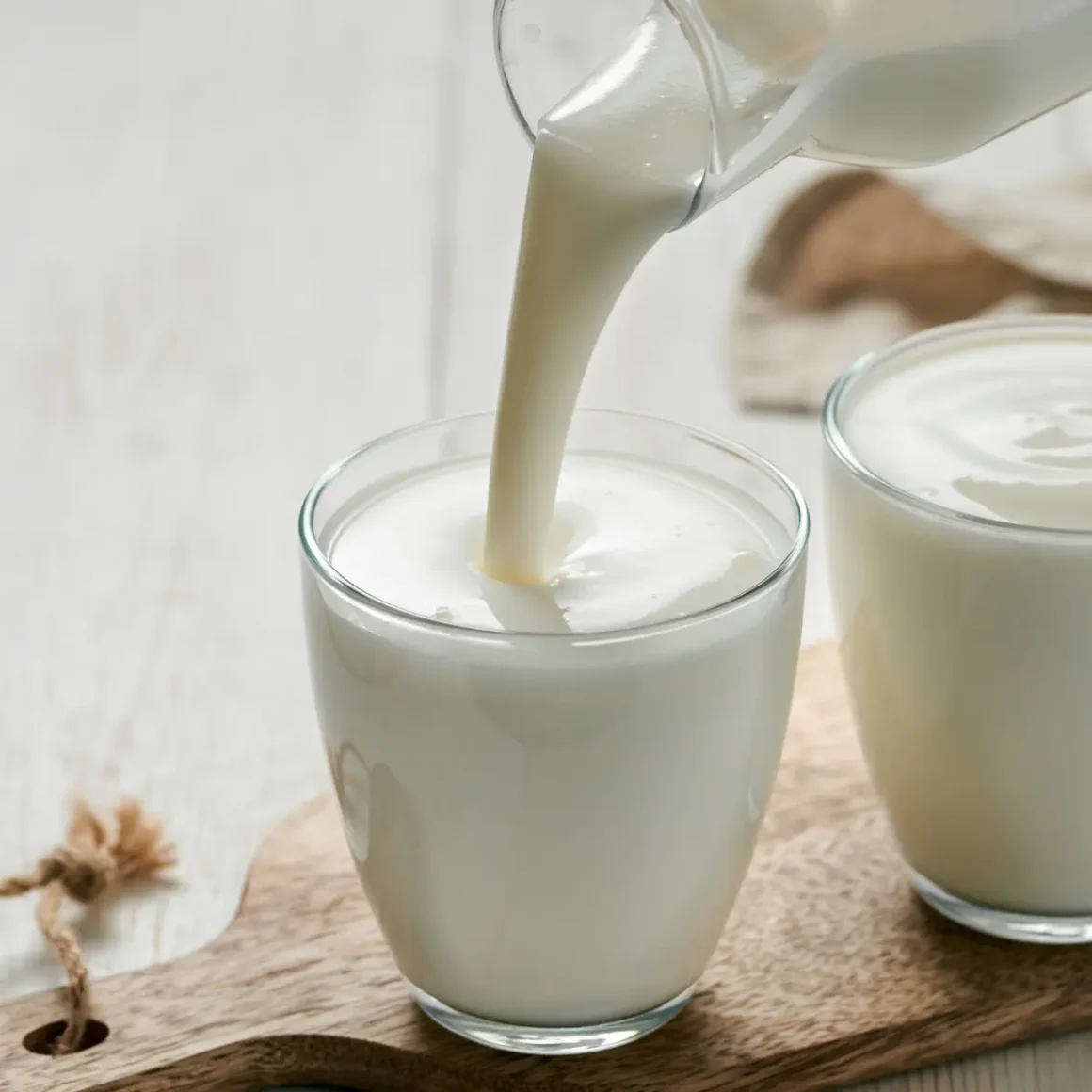
The relationship between dairy and coffee is as old as coffee culture itself, with various cultures around the world adopting different dairy additives to enhance their coffee experience. Buttermilk, though not as commonly used as milk or cream, has a place in the coffee rituals of certain regions and presents an intriguing blend of both traditional and innovative practices.
Buttermilk in Coffee Around the World
From the Nordic regions to pockets of America, this tangy dairy product is used sparingly yet intriguingly in local coffee practices.
- Scandinavia: In countries like Sweden and Finland, where coffee consumption is among the highest in the world, the addition of this mixture can occasionally be found. Known for their unique dairy products, these countries view buttermilk as a traditional ingredient, and it has found its way into coffee, particularly in rural areas.
- Middle East: In the Middle East, where fermented dairy products are staples, buttermilk and other yogurt-based drinks are prevalent. However, its combination with coffee remains rare, reflecting the strong tradition of black coffee in this region.
- America: While not mainstream, the experimentation with this drink in the United States reflects its innovative coffee culture, always eager to explore different flavors and textures.
The Evolution of Dairy Alternatives in Coffee Culture
The global coffee scene has seen a marked shift towards non-traditional dairy options, each bringing its own flavor and texture to the beloved brew.
- Health Trends: With rising health consciousness, alternatives to traditional cow’s milk have gained popularity, including plant-based milks such as almond, soy, and oat milk.
- Environmental Concerns: The impact of dairy farming on the environment has also prompted coffee drinkers and cafes to seek out sustainable alternatives, further broadening the spectrum of options available in coffee culture.
- Globalization of Tastes: The globalization of the coffee industry has introduced consumers to a variety of dairy traditions from around the world, contributing to the growth of dairy alternatives in coffee.
Buttermilk in Coffee: A Trend or Tradition?
Examining the role of this interesting beverage today invites the question of whether it is a mere culinary fad or a time-honored tradition enjoying a resurgence.
- Traditional Roots: In some cultures, buttermilk has been a part of the diet for centuries, and its use in coffee, while not widespread, is a nod to these culinary traditions.
- Modern-Day Trend: With modern gastronomy’s emphasis on rediscovering and reinventing traditional ingredients, this unique mixture has emerged as a trend among gourmet coffee shops and adventurous home baristas.
- Fusion of Old and New: This current interest in buttermilk in coffee might be seen as a blend of tradition and trend, where ancient dietary habits inspire contemporary culinary innovation.
In assessing whether this drink is a passing trend or part of a tradition, it becomes clear that it’s a bit of both. Rooted in traditional uses of buttermilk yet propelled by modern trends in gastronomy and a global palate, this coffee embodies the dynamic nature of coffee culture itself, which is continually evolving yet deeply connected to its historical origins.
Conclusion
In conclusion, the foray of buttermilk in coffee is more than just a whimsical culinary experiment; it is a testament to the ever-evolving landscape of coffee culture that embraces both the old and the new. This unique combination not only challenges our traditional palate but also enriches the tapestry of global coffee traditions, bringing a touch of tanginess to the beloved richness of coffee. Whether you’re a coffee purist or an adventurous drinker, this trend invites you to rethink the possibilities within your cup. As we’ve seen, this fusion offers a refreshing perspective on flavor, health, and cultural diversity, proving that even the most time-honored beverages can find new life with a splash of creativity and a dash of curiosity.
FAQ
How does buttermilk alter the taste profile of traditional coffee?
Buttermilk imparts a distinct tanginess and creaminess that can soften the bitterness of coffee and add complexity to its flavor.
Can buttermilk be used in coffee for lactose-intolerant individuals?
Buttermilk typically contains less lactose than regular milk, but it's not lactose-free, so it may not be suitable for all individuals with lactose intolerance.
What are some popular recipes for incorporating buttermilk into coffee?
Popular recipes include buttermilk lattes, iced buttermilk coffee drinks, and buttermilk espresso concoctions.
How has the use of buttermilk in coffee evolved over time?
The use of buttermilk in coffee has transitioned from being a regional peculiarity to an innovative trend in modern coffee culture, embraced by experimental baristas and coffee enthusiasts globally.















